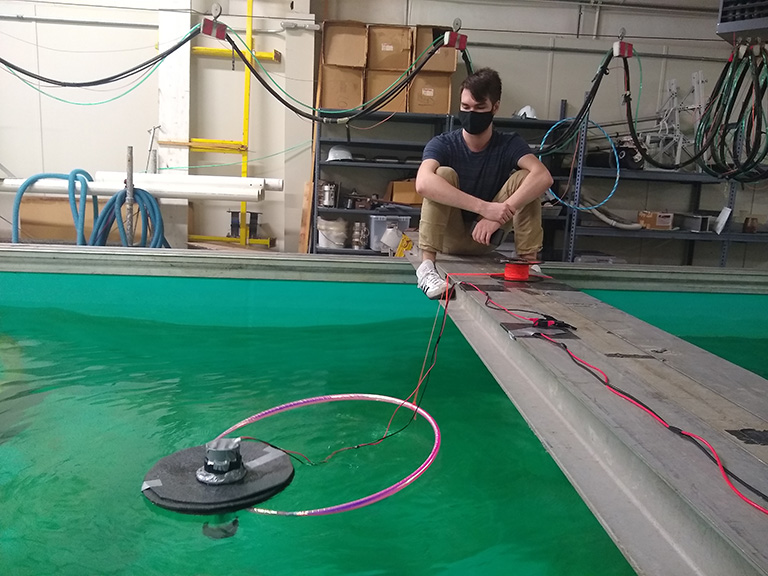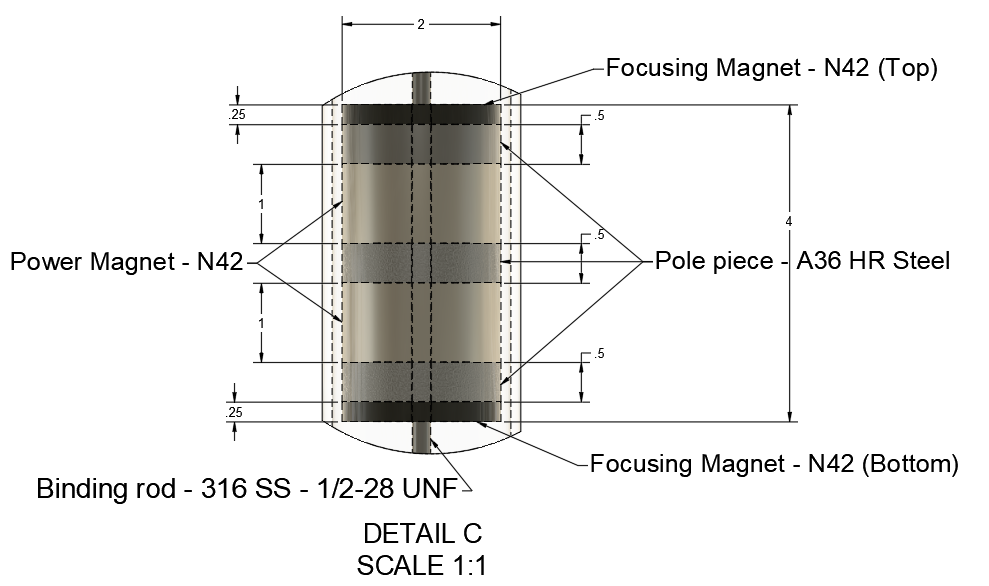 Solar panels are popping up on rooftops across the country. Wind turbines are becoming more widespread.
Solar panels are popping up on rooftops across the country. Wind turbines are becoming more widespread.
Manhattan College’s engineers have seen the impact alternative energy sources have had and are considering another potential source: ocean waves.
In the fall of 2020, a group of mechanical engineering students, led by Masoud Masoumi, Ph.D., a visiting assistant professor of mechanical engineering, began to develop a system that converts the energy of ocean waves into electricity.
Fast forward to this semester, and the project has been funded by the United States Department of Energy. Supported by that funding, the team of seven students will participate in the 2021 Marine Energy Collegiate Competition, along with 16 teams from across the country, including the University of Washington, UC Berkeley and Purdue.
The undergraduate students are using the competition as their senior design project, which adds to the workload for Jamie Foley ’21, but he says it’s worth it. “We’ve taken this on knowing it will be interesting work, and it will be great to get real world design experience and interact with design contractors.”
 So how does it work? The design includes a specially arranged stack of magnets that moves up and down within a tube, wrapped by multiple coils at its midsection.
So how does it work? The design includes a specially arranged stack of magnets that moves up and down within a tube, wrapped by multiple coils at its midsection.
“When the waves come and undulate, the tube goes up and down, that stack of magnets will start oscillating,” Masoumi explains. “As long as the magnets keep moving, with respect to the coils, then it generates electricity.”
The students’ idea is to add ocean waves as another energy source so that populations are less reliant on one or two energy sources. Alternative energy sources will be especially important for people around the world facing a changing climate.
“Green energy solutions are going to be huge,” said Nicholas Vella ’19, ’21 (M.S.), a graduate student working on this project. “By distributing the load from where you’re drawing power, these alternative sources safeguard that. If one of those resources goes down, you can still rely on other sources, and not put a lot of stress on that one source you’re trying to draw from.”
The students are mostly meeting virtually, although a small group will begin building a prototype on the first floor of Leo as the competition approaches. It will take place virtually on April 26-27.